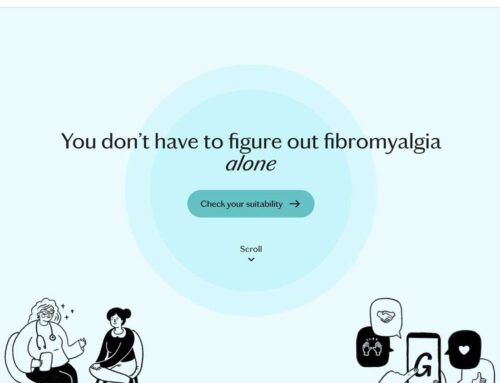From Discovery, And Research Innovation To Reality
Pudendal Neuralgia: Pelvic & Perineal Pain
Your symptoms & history indicate that the nerve in the pelvis, the pudendal nerve, may be responsible for all or some of your pain and other symptoms. The pudendal nerve runs from the lower back, then passes between 2 ligaments, then runs along the top of the pelvic floor muscles, then through to the base of the pelvis the pelvis and out to the perineum. Adjacent to the ligaments are muscles: the pelvic floor muscles (PFM) at the front and the obturator and piriformis at the back.
Pudendal nerve pain may be associated with either irritation of a branch of the nerve, or with compression of the pudendal nerve itself by fibrosis of the surrounding tissues or the bulky PFM or tight ligaments. The symptoms of this problem are mainly expressed by pain (burning, electric shock like, raw feeling etc.) in the vagina, penis, scrotum, perineum, anus and pelvis and difficulty sitting for prolonged periods of time. Pudendal Nerve Pain may be related to childbirth, vaginal surgery, cycling, excessive abdominal & pelvic exercise, past pelvic/perineal trauma and straining or it may have no obvious cause. You may also have associated bladder, bowel or sexual problems.
You will be assessed by a doctor and physiotherapist to determine whether your pudendal nerves and pelvic floor muscles indicate that pudendal neuralgia is a possibility.
You may have a pudendal nerve block performed as a diagnostic procedure; local anaesthetic is injected into the canal through which the nerve travels.
You may be prescribed some medications to clam down nerve pain.
Early treatments aim to relax the pelvic floor muscles and decrease the pressure on the nerve. You will also be advised not to strain especially during defaecation & voiding. If appropriate you will also be given bowel & bladder management strategies. You may also need to manage painful trigger points in the PFM. You may be suitable for trigger point injections or Botox injections into the PFM if deemed appropriate.
Sitting: The aim is to avoid pressure on the entire perineum from the pubic bone to the tail bone (coccyx).Try sitting on 2 rolled towels or a cut up pool noodle. Clarke Rubber have “stadium seats” which can be cut into an appropriate shape.
Prolonged sitting; straining; cycling (stationary, road, racing); rowing; abdominal strengthening exercises such as sit-ups, Pilates & intense core stability work; high level dance classes; heavy weight lifting; any other high level intense training which causes marked abdominal strengthening; pelvic floor muscle strengthening exercises. You will be taught how to RELAX & maybe stretch your PFM by the physiotherapist.
If you are able & inclined: general cardio work such as walking, swimming (not breast stroke), gentle running, soft sand running, light weights, gentle exercise classes, yoga (stretching & gentle toning not high level strengthening). If any of these activities flares your pain please cease & discuss with the physiotherapist…










Go for it (just keep it respectful please!)